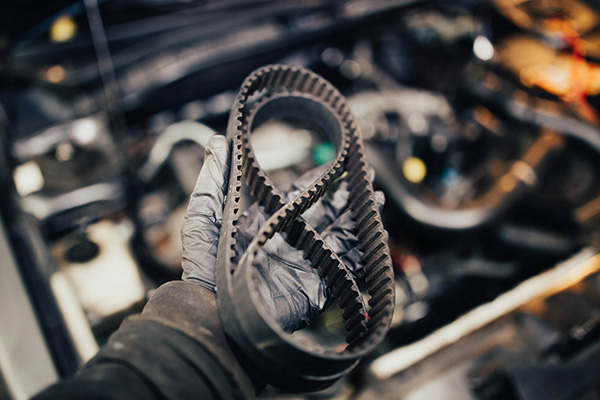Posted on 9/26/2025

Replacing a timing belt is one of the most important maintenance tasks for many vehicles. It’s a job that typically comes up between 60,000 and 100,000 miles, depending on the manufacturer’s recommendation. But when the time comes to change the belt, there’s more to consider than just the belt itself. Replacing the timing belt without addressing related components can lead to costly problems later. That’s because these surrounding parts work in tandem with the belt, and if one fails after the belt is replaced, you’re stuck paying for labor all over again. Let’s take a closer look at which components should be replaced during a timing belt service and why it matters. The Timing Belt’s Role in Your Engine The timing belt coordinates the rotation of your engine’s camshaft and crankshaft. This precise synchronization ensures that your engine’s valves open and close at exactly the right time in relation to the piston ... read more